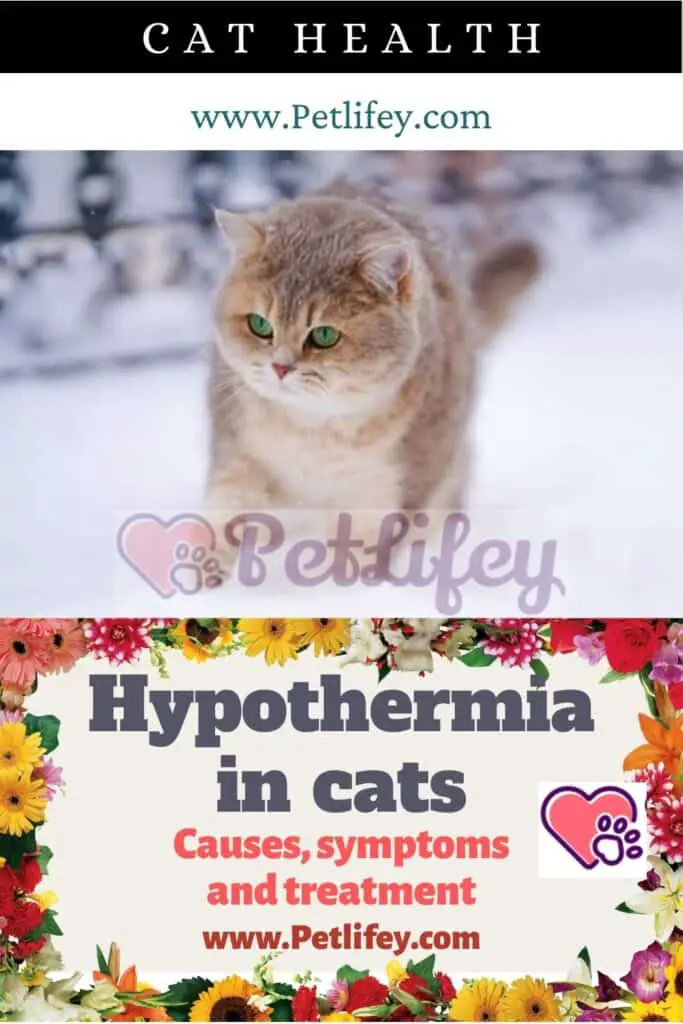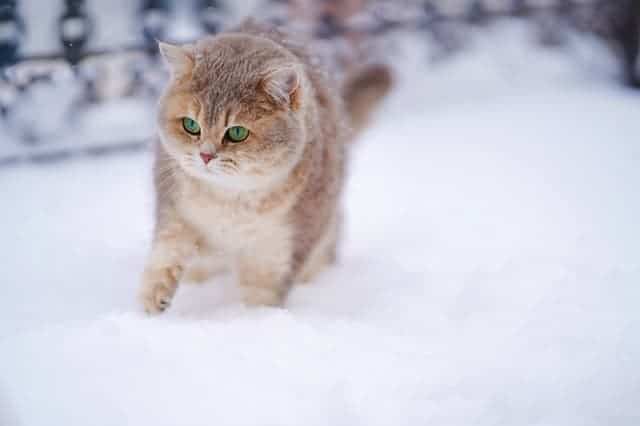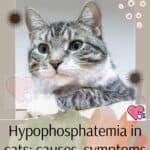
Hypothermia in cats is a not uncommon condition for newborn kittens and adult cats. Let’s see what the causes, symptoms and treatment are.
First of all, we need to clarify the word hypothermia, as it is a medical term used to describe a body temperature below normal.
As we well know or we have been able to learn from previous articles, present on the site, the normal body temperature of the cat is between 38 and 39 degrees, below these degrees we can establish a hypothermia in place.
Causes of hypothermia in cats
The most common cause of hypothermia in cats is long exposure to low temperatures.
While in newborn kittens and elderly cats with weak organisms, hypothermia can be caused by the reduced ability to regulate body temperature, very often due to the presence of diseases such as hypothyroidism in cats .
Symptoms
Hypothermia in cats is easy to understand as there are explicit and easy to understand signs such as:
- weakness;
- breathing difficulties;
- apathy;
- low heart rate;
- low respiratory rate;
- lethargy;
- muscle stiffness;
- tremor;
- numbness;
- fixed and dilated pupils in cats ;
- coma.
The aforementioned signs of hypothermia can range from mild to severe, depending on the severity of the low body temperature.
But being quite evident, it is possible to deduce that hypothermia is in progress in the cat and that it will be necessary to take the animal to the vet for specific treatments.
Let us remember that if the treatment is not intervened, the affected animals can risk frostbite and even death.
Diagnosis and treatment of hypothermia in cats

In order to diagnose hypothermia in cats, the simplest way is to measure the animal’s body temperature.
A check can also be done on your own at home, as long as you have a thermometer available. Proper use of the thermometer is done by gently lifting the tail and slowly inserting the thermometer into the rectum.
Promote muscle relaxation by turning the thermometer from side to side and inserting it about 2.54 cm into the rectum, absolutely avoiding forcing its entry.
Once the temperature has been checked, if it should be low, around 36 ° C, it will be necessary to act quickly.
First of all by contacting your veterinarian and in the meantime placing a bag with hot water on the animal’s body. Then wrap him in a blanket to avoid heat loss and run to the doctor.
The vet will proceed with specific diagnostic tests to identify a possible underlying cause. The exams are:
- complete blood count;
- biochemical profile;
- urinalysis (generally reveal values within normal limits);
- complete coagulation profile (may reveal some abnormalities);
- Thyroid function test (can confirm the presence of hypothyroidism);
- Electrocardiogram (can reveal a number of arrhythmias).
Regarding treatment, it is important to proceed with monitoring the temperature, electrocardiograms and repeated assessments of blood pressure and, depending on the severity, proceed with the most suitable therapy.
We can therefore find ourselves in front of three types of hypothermia in cats:
- mild : hypothermia can be treated with blankets and insulation.
- moderate severity: hypothermia should be treated with external heating sources such as thermal pads. It is recommended to use a protective layer between the external heat source and the cat to prevent skin burns in the cat
- severe: should be treated with basic warming techniques including warm water enemas and gastric lavage, intravenous administration of warm fluids and hot air.
As always, in addition to treatment, the best solution always concerns prevention. Therefore, as far as possible try to be careful not to leave the cat outdoors .
Avoid low temperatures for a long period of time, always allow the possibility of returning in case or having the possibility to take shelter and take refuge in the heat .
In addition, attention should also be paid to sick or hypoglycemic (low blood sugar) newborn kittens who can become hypothermic in an environment even at normal temperature.
It will therefore be necessary to heat the environment and monitor the temperature of the cat’s body






